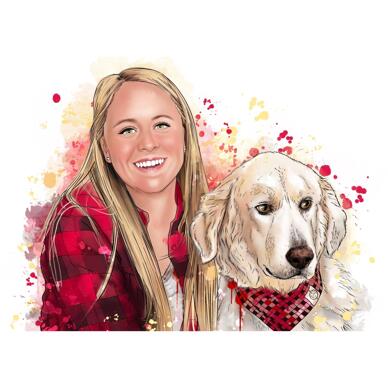
18800
Custom Gifts for Labrador Lovers: 7 Ideas
Find inspiration and surprise your Labrador-loving friend or family member with a truly special and personalized gift they'll cherish forever.


Find inspiration and surprise your Labrador-loving friend or family member with a truly special and personalized gift they'll cherish forever.

Discover a range of adorable and pug-tastic presents that will bring joy to the hearts of pug lovers everywhere.